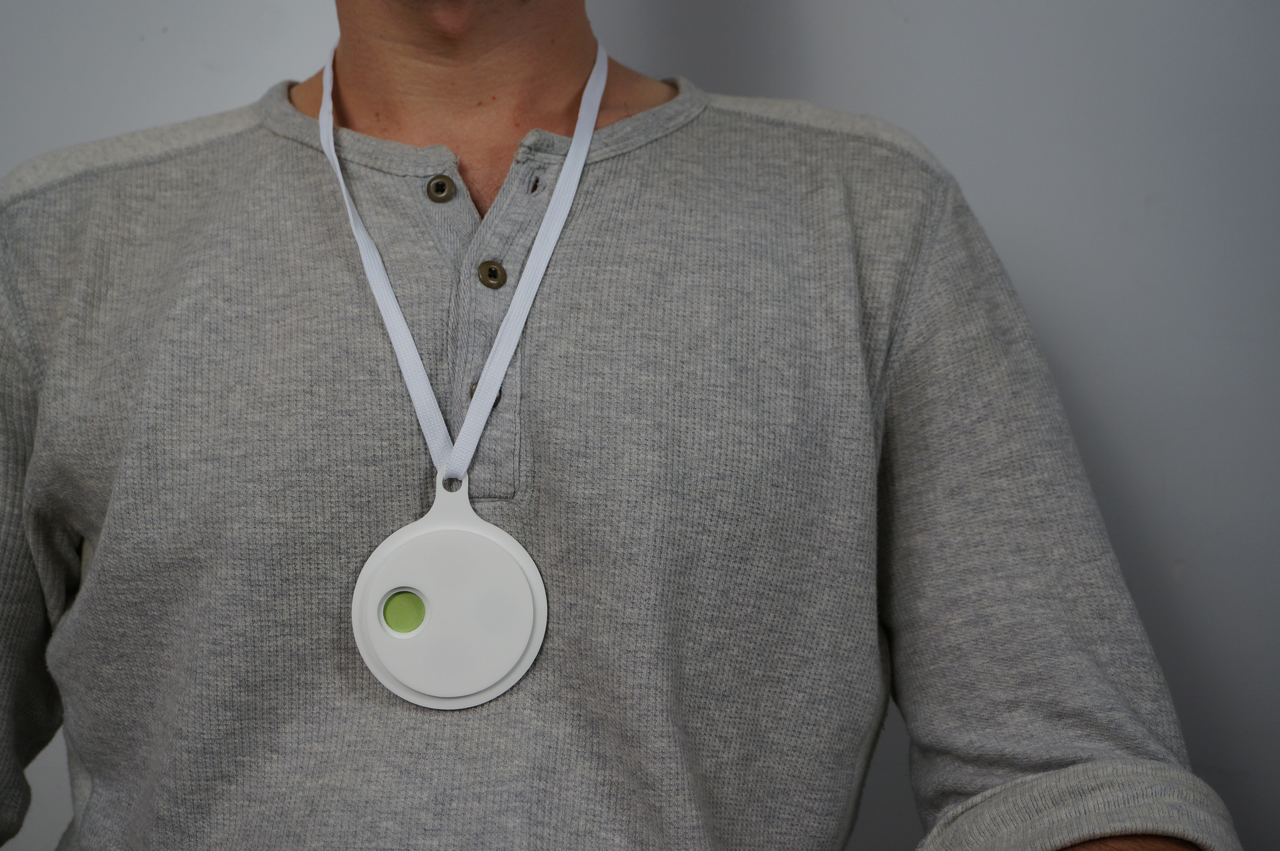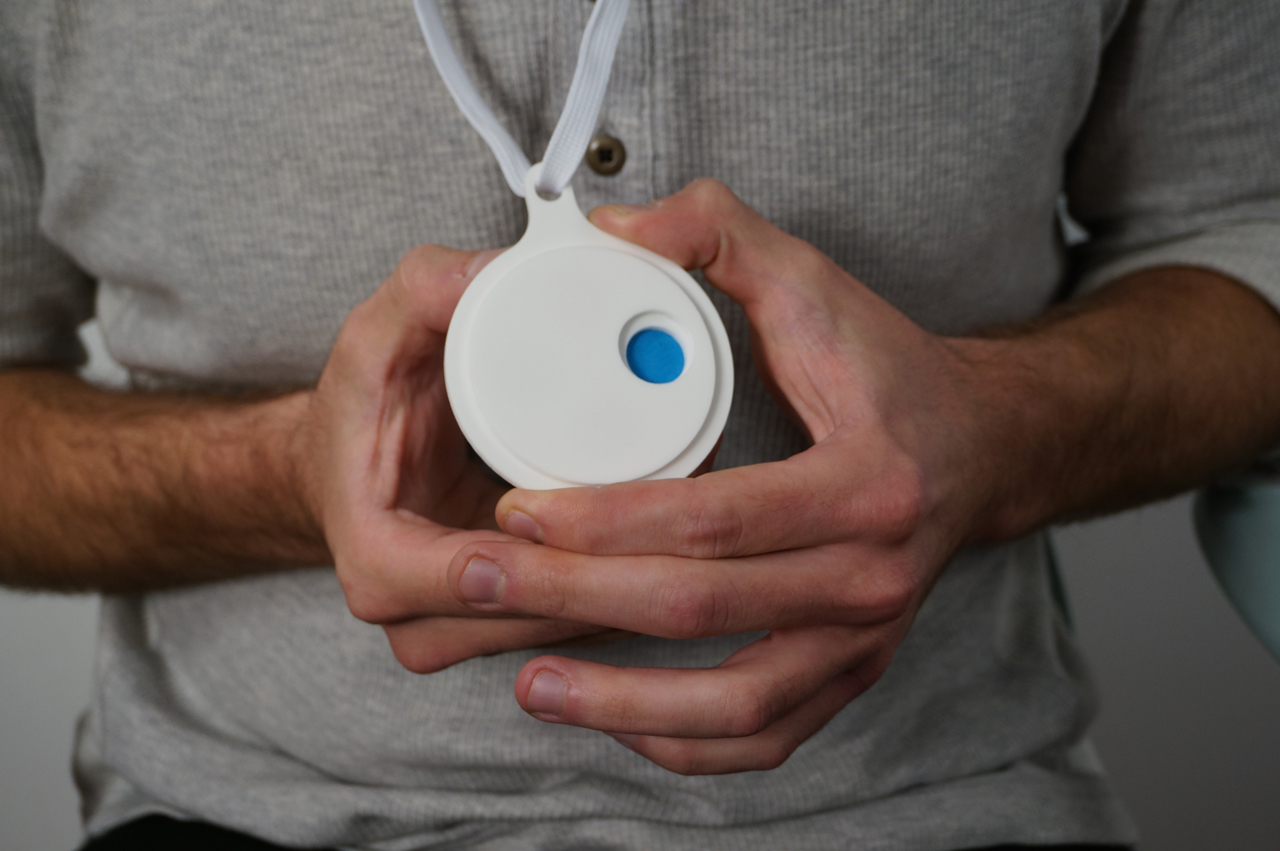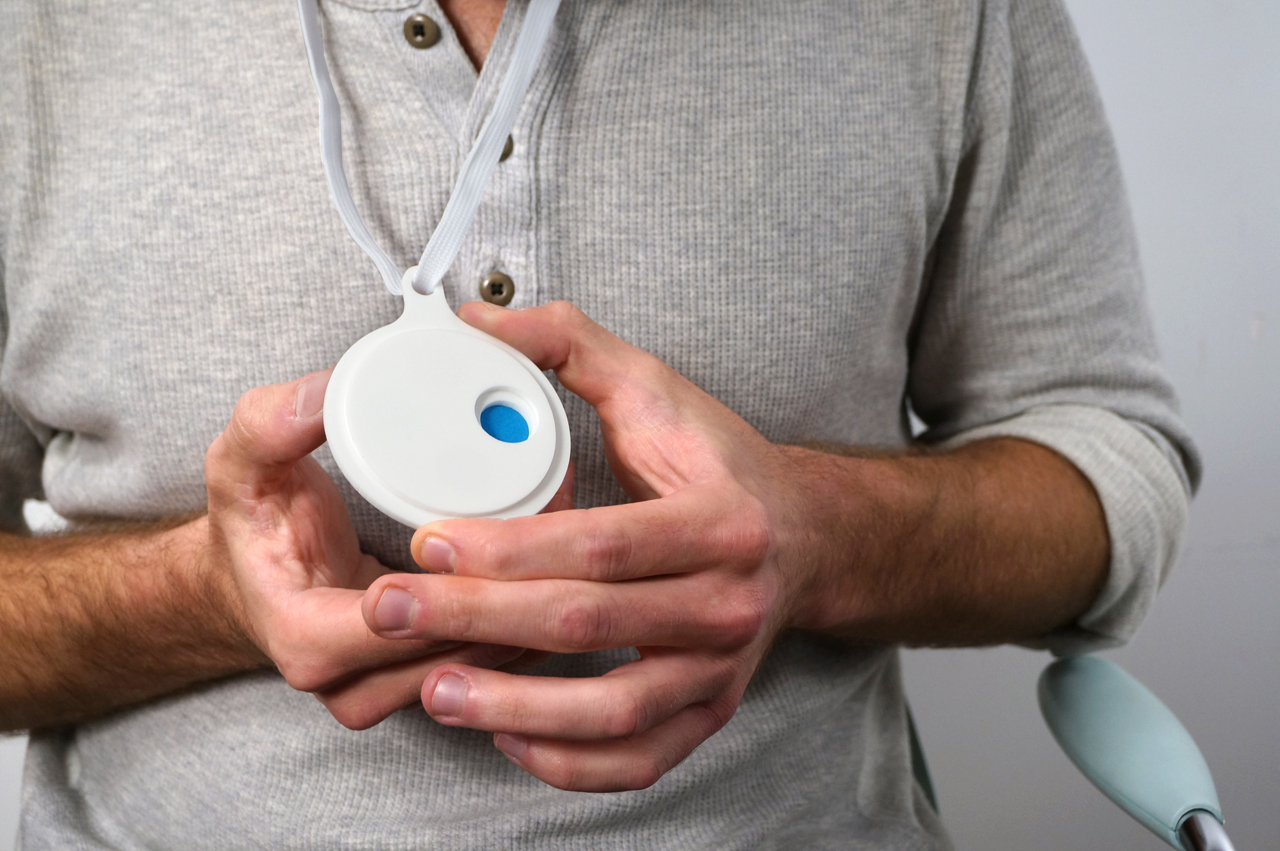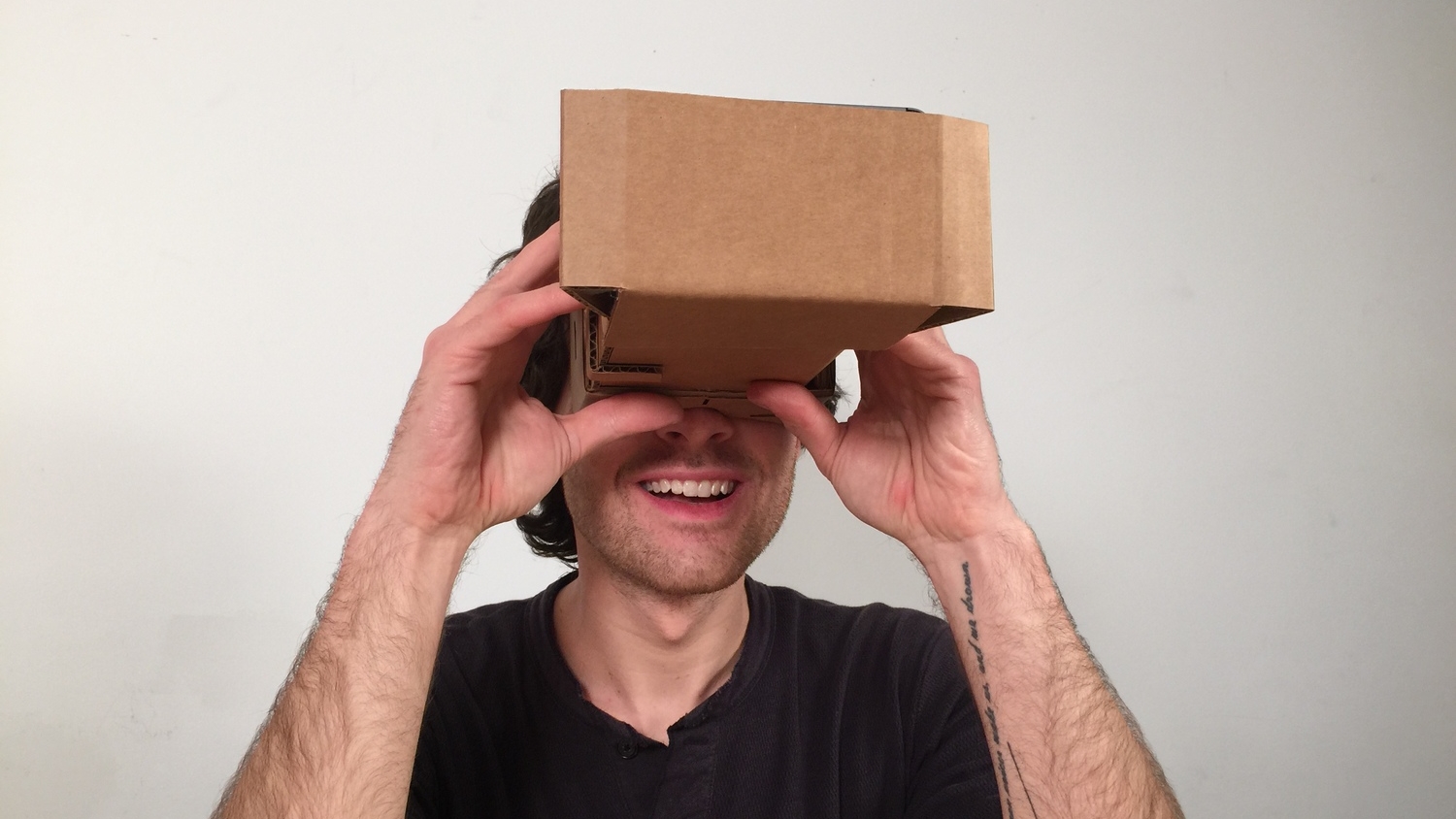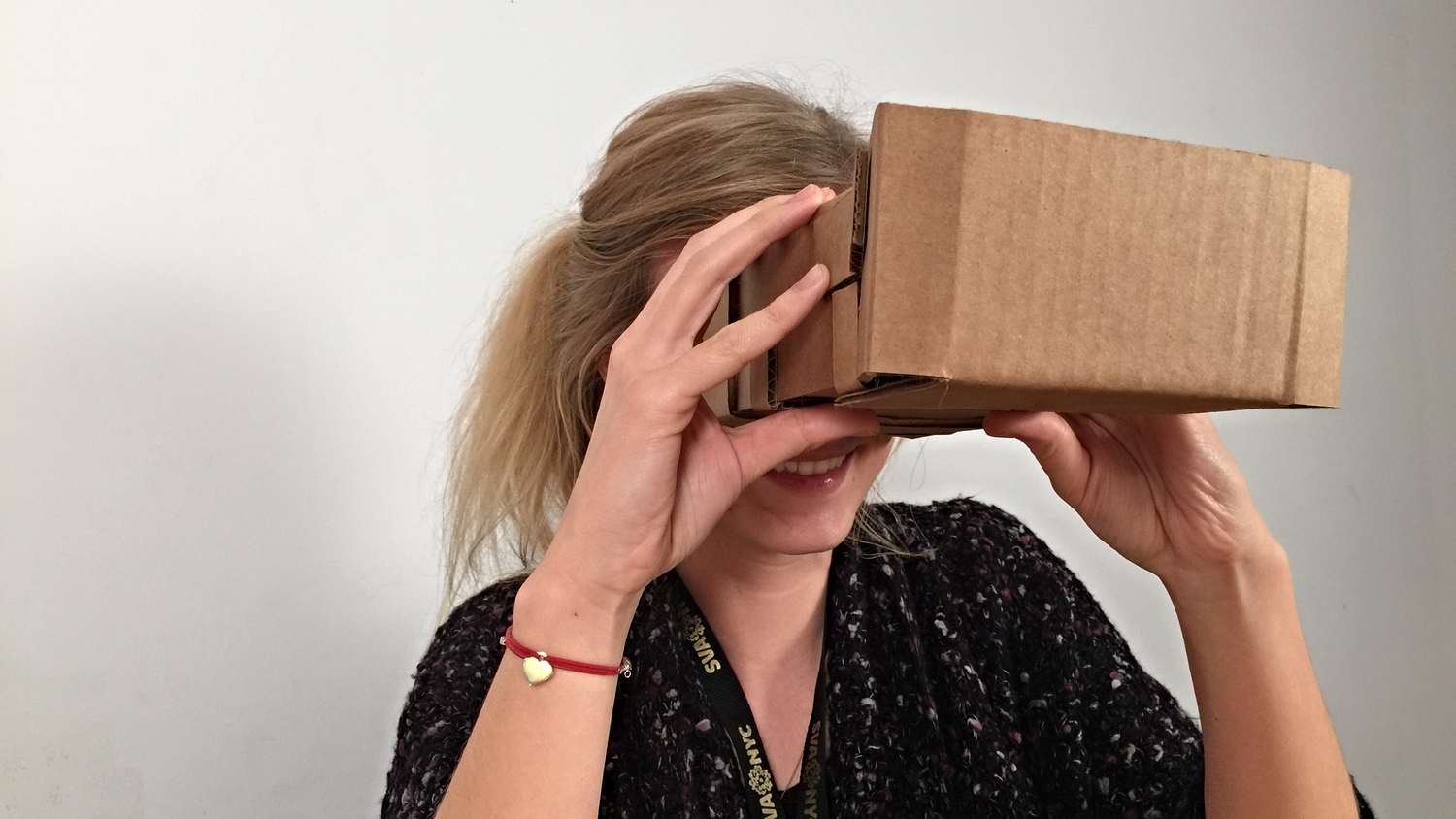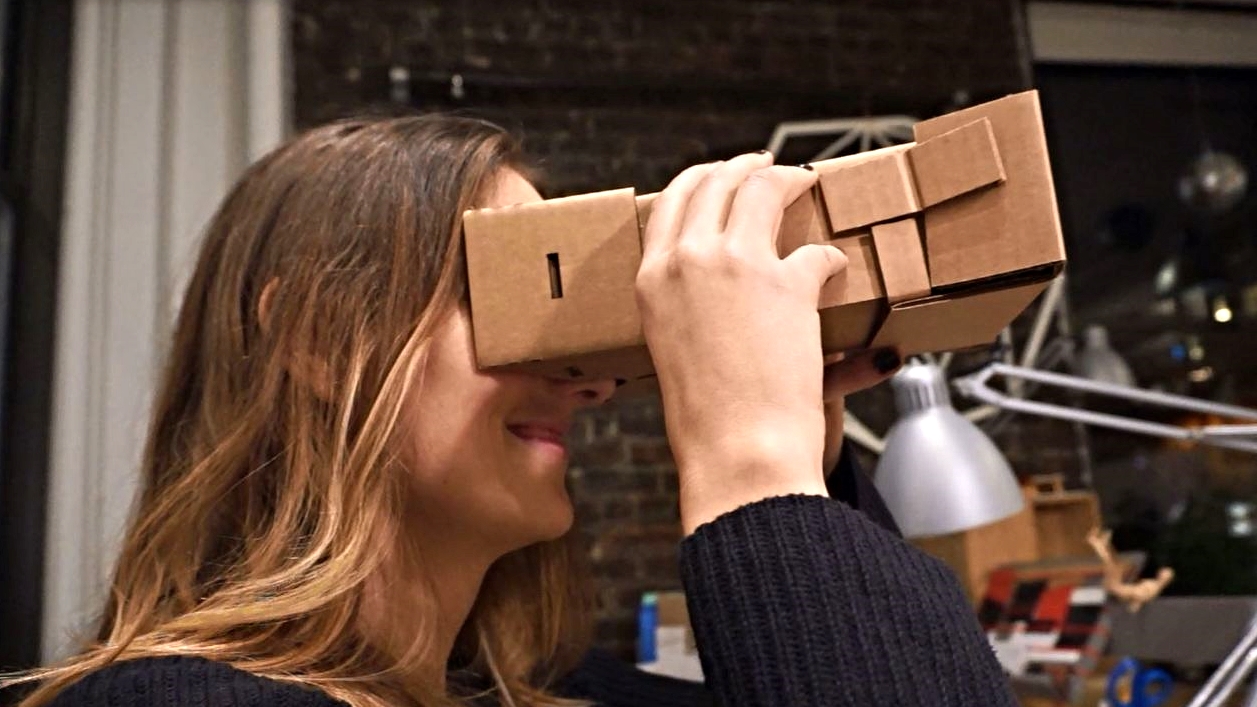After imagining a device that would provoke its users to laugh, I decided to prototype this idea very quickly in order to try it with real people. With the original rendering that I made (the first image) my aim was to dream a collaboration between Philips Healthcare, Jimmy Kimmel and Memorial Sloan Kettering Cancer Center. The purpose of this collaboration is to provide patients with a magical headset that makes them laugh as they use. Emphasizing the important health benefits of laughter , the idea is to bring laughter as a therapy to the cancer patients, most of who suffer from depression due to cancer related experiences.
In order to test the concept, I downloaded Google Cardboard layout from Google, then I manipulated the size and the shape to create a different experience. Afterwards, I chose several entertaining and funny videos such as cats and laughing baby videos. Then, I opened these videos on my phone and placed my phone into the cardboard prototype.
I tested the prototype with approximately 10 people from different ages ranging between 24-32. Similar initial reactions were; excitement to engage with the product, dropping the chins, disassociating self from the physical environment, engaging with the stimuli at a high level. Some of them expressed their feeling as "being in a movie theater", "forgetting where actually I am."
These observations showed that the laughter device would actually make people laugh. Therefore, hypothetically doctors could prescribe "laughter" to their patients.
Next step is to test it with patients in clinics. This week I am meeting with a physical therapist in order to explain the idea and kick off the patient test.








